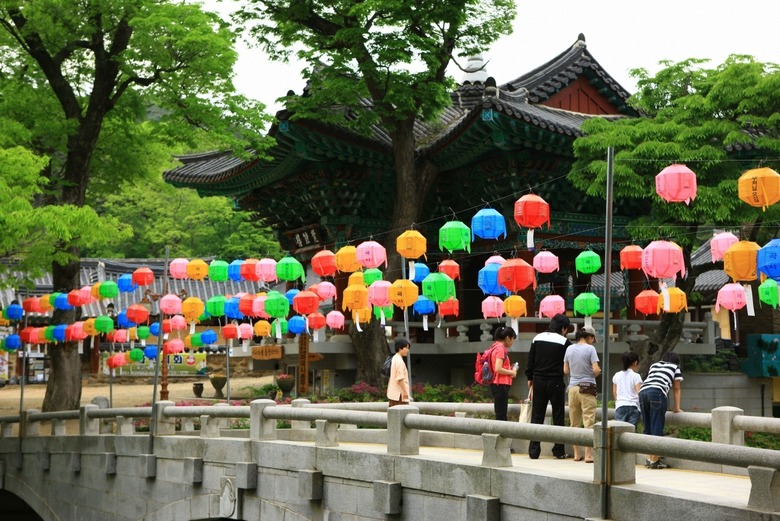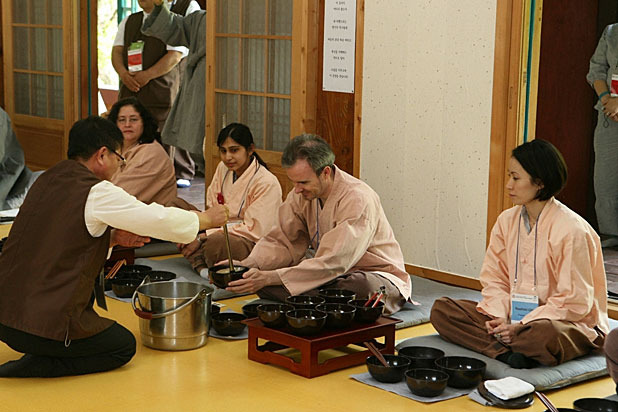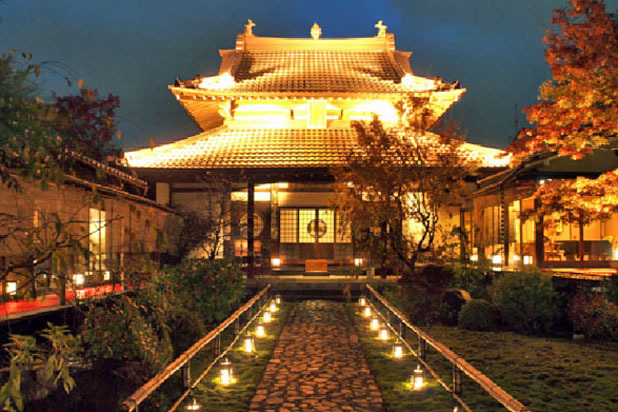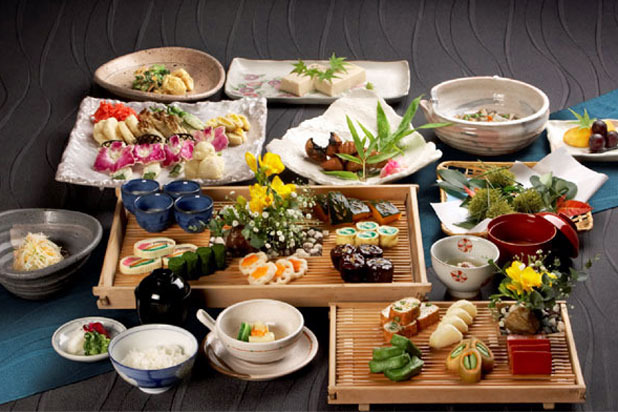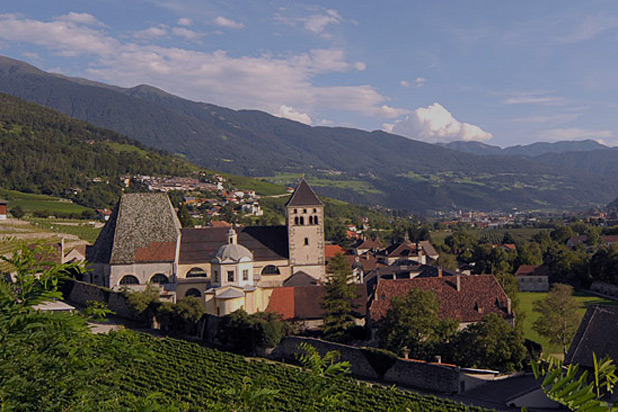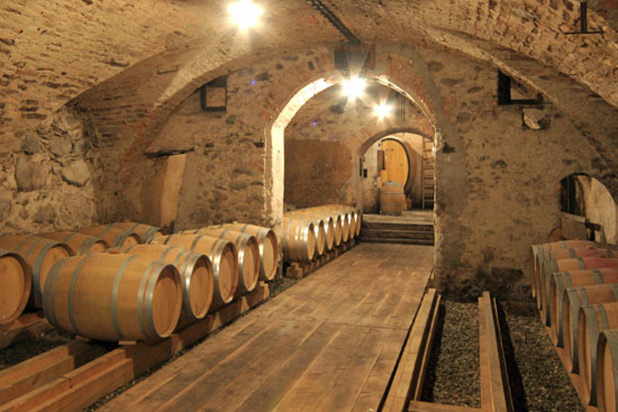7 Amazing Monastic Meals Slideshow
Gongju, South Korea
Buddhist Magoksa Temple
Rules require that those who come for a temple stay wear robes, turn their cell phones off, and observe silent periods, including silent meals seated in the lotus position (well, not entirely silent — bellies grumble and monks chant, and a series of bamboo taps indicate when to begin and when to end).
Intrepid Travel has a brand new guided itinerary from Beijing to Seoul which includes an overnight at Magoksa.
Buddhist Magoksa Temple
The meal itself? Soup, rice, and local, seasonal vegetables served in four wooden bowls, meant to signify the four classic values of Balwoo: equality, cleanliness, thrift, and togetherness.
Kyoto, Japan
The 13-course local, seasonal vegetarian meal is served on flatware made by local potters, a different set used for each season. High in protein and low in calories, the offerings are especially bright and colorful, as Zen chefs believe a balanced use of yellow, red, white, blue, and black represents a harmonic universe.
Kanga-an Temple
The winter meal, for instance, includes a tempura of edible flowers, and mock eel made from pounded tofu. The temple offers both lunch and dinner but the experience is especially elegant at night, when diners sit in view of a dramatically lit garden, pruned with an almost unimaginable refinement.
Vaucluse, France
Abbaye Sainte-Madeleine du Barroux
Divinity translated into French calls for wine and bread, naturally. If this arouses the spirit in you, find your way to Abbaye Sainte-Madeleine du Barroux, where visitors praise the crusty loaves and red and rose wine made by the Benedictine monks and nuns.
Abbaye Sainte-Madeleine du Barroux
Located in the southeast of France in Vaucluse, try to time your visit with Vespers, and bring home some lavender, the local specialty.
Amritsar, India
Sikh Golden Temple
At the Sikh Golden Temple in Amritsar, free food is given out from the volunteer-run "community kitchen" to thousands of people all day, every day. Whether pilgrim or tourist, everybody is welcome and treated equally here, reflecting the Sikh's intention to break away from the caste system and create a clean, peaceful venue for all of humanity to come together.
Sikh Golden Temple
Plates and spoons are handed out as guests wait for the next vacant spot amidst seemingly endless rows of diners enjoying freshly made flat, whole wheat, chapati bread and dal made of local onions, peas, garlic, red chilies and lentils served from enormous buckets. All are welcome, but waste isn't — so don't take more than you can handle.
Westvleteren, Belgium
At the abbey of St. Sixtus in Westvleteren, cases of their blond and dark batches are so internationally sought after, and made in such limited numbers, they must first be reserved by phone and then picked up at the Monastery at an agreed upon appointment time, in a car whose plates match those given when the appointment was made. Buyers must promise not to sell the beer to a third party.
St. Sixtus Abbey
A less elaborate tasting route is available across the way at In de Vrede, a café serving sandwiches and snacks where you can simply order a bottle.The business philosophy is expressed quite simply: "We are no brewers. We are monks. We brew beer to be able to afford being monks."
Trappist, Ky.
One doesn't imagine easily a monastery in Kentucky, but once the notion has a chance to settle in a bit, it doesn't take long to guess the central ingredient they'd use. Yes, that's right: bourbon, for bourbon pecan fudge. According to their website, the Roman Catholic monks at the Abbey of Gethsemani are "living the mystery of Christ-among-us," which apparently involves making mountains and mountains of bourbon fudge, available online and at their gift shop.
Abbey of Gethsemani
Brother Albert Kane, 67, is one of five monks in the fudge department. He said they are merely following a monastic tradition which dictates that they make their living by their own hands: "We pray and we work. And in the midst of a day of fudge, it feels like prayer. We don't disconnect."
Varna, Italy
There's holy wine and then there's monastic wine. The order of Augustinian Canons Regular have been cultivating vineyards and making Tyrolean wine for hundreds of years. Through farming and winemaking, the abbey and its school have remained largely self-sustaining and economically independent.
Abbazia di Novacella
Visitors can do a guided wine tasting in the abbey's extensive wine cellars or head to the cellar pub serving not just wine but other spirits like elderflower cordial along with local charcuterie and baked goods.
